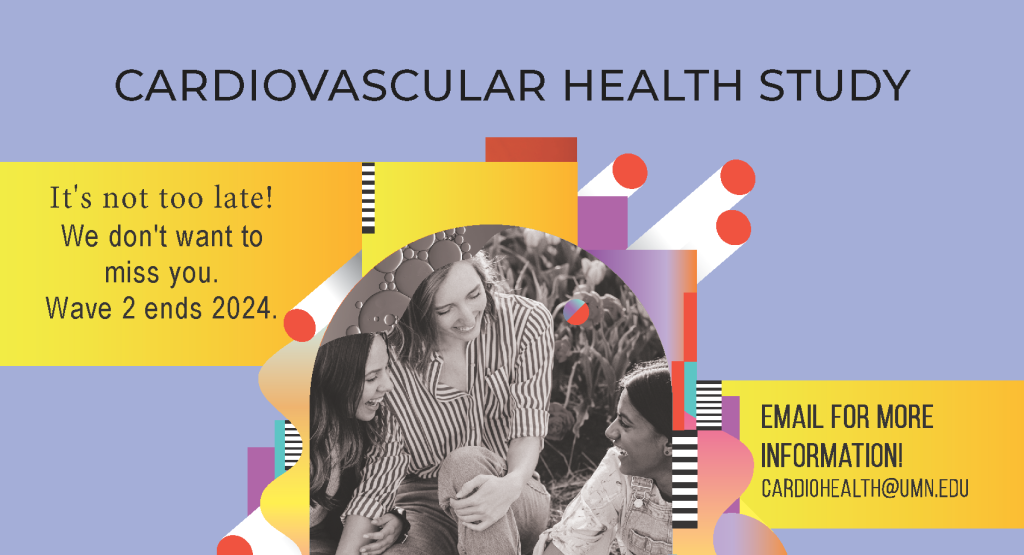October 15, 2024
By: Bonny Donzella and Annika Knutson

You may have heard that science has now realized that the roots of adult health start before birth. This is called the Developmental Origins of Health and Disease or DOHaD. In particular, the first 1,000 days are believed to play a big role in the risk for cardiometabolic problems as people age. Most people are well aware of these “diseases of aging” that include high blood pressure, high cholesterol, hardening of the arteries, a predisposition to layer fat around the waist, and for some, Type II diabetes.
In our work with youth adopted from deprived orphanage conditions, we have been studying whether their early experiences are showing up in their being on a trajectory for earlier signs of these “disorders of aging”. From a scientific perspective, finding that many of these youth are showing such signs is important because they were deprived and experienced high stress during those first 1,000 days but then were adopted into highly resourced and supportive homes. While the youths dealt with the challenges of being adopted and often transracially adopted, their bodies were not being challenged by high pathogen exposure and poor nutrition once they were adopted. Thus, they serve as a stark example of the importance of those very early years. From a humanitarian perspective, evidence that they are further along that cardiometabolic aging trajectory means, perhaps, that they need to start practicing good heart health behavior (heart healthy diet, exercise, enough sleep, etc.) earlier than their peers.
We are now conducting a large study with youth who were adopted internationally from orphanage conditions by age 5 years (PI, for previously institutionalized). These youth were 12 to 22 years old during their first assessment. We are now almost through the 2nd assessment wave for this study that also include youth from families who are similar to those who adopted internationally (NA, for non-adopted). Nearly 200 participants came to our clinic visit in Wave 1, providing a battery of measures such as: immune function, cholesterol levels, insulin and glucose levels, blood pressure, hair cortisol, diet, body composition, and oh so many self-report measures of stress and well-being. THANK YOU!
Last year, we reported results from the first wave of the study. There was plenty of good news to share: Both PI and NA youth were more fit than the average youth in the US, with obesity rates of about half the national average. Further, when we created an index of all cardiometabolic risk factors, both groups carried a relatively light load. Yay for healthy you!
That said, we also found group differences despite both groups remaining in the relatively healthy range. For example, even after controlling for current life stress, we found that PI youth had statistically higher risk scores than NA youth (3.6 vs 2.7 out of 12.) Does that matter? It might, over time, if that higher risk grows more rapidly for one group or the other. Because all participants are youthful and cardiovascular illness typically appears later in life, it’s essential to look at change over time, to answer the question of “does this matter?” Thus, Wave 2, where participants return to the clinic after a 2-year gap and repeat all measures.
At this time, 75% of participants have completed Wave 2. We have been thrilled to have a running 90% of the sample return on schedule, but with a small sample size of less than 200, we are crossing our fingers hard for each and every participant who is able to attend a second assessment. If you helped us at Wave I, but have not been in yet for Wave 2, please watch for a contact from Annika at cardiohealth@umn.edu or 612-492-1253. Feel free to reach out to us; we’d love to hear from you!

